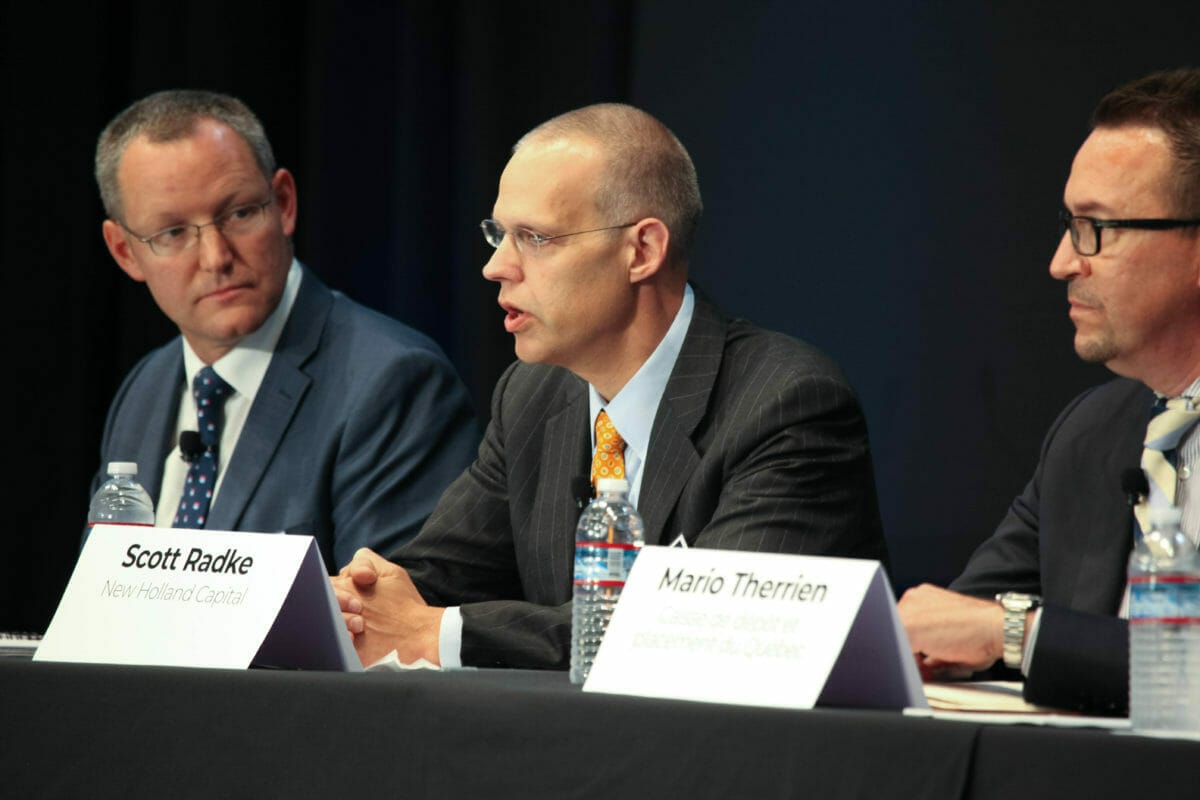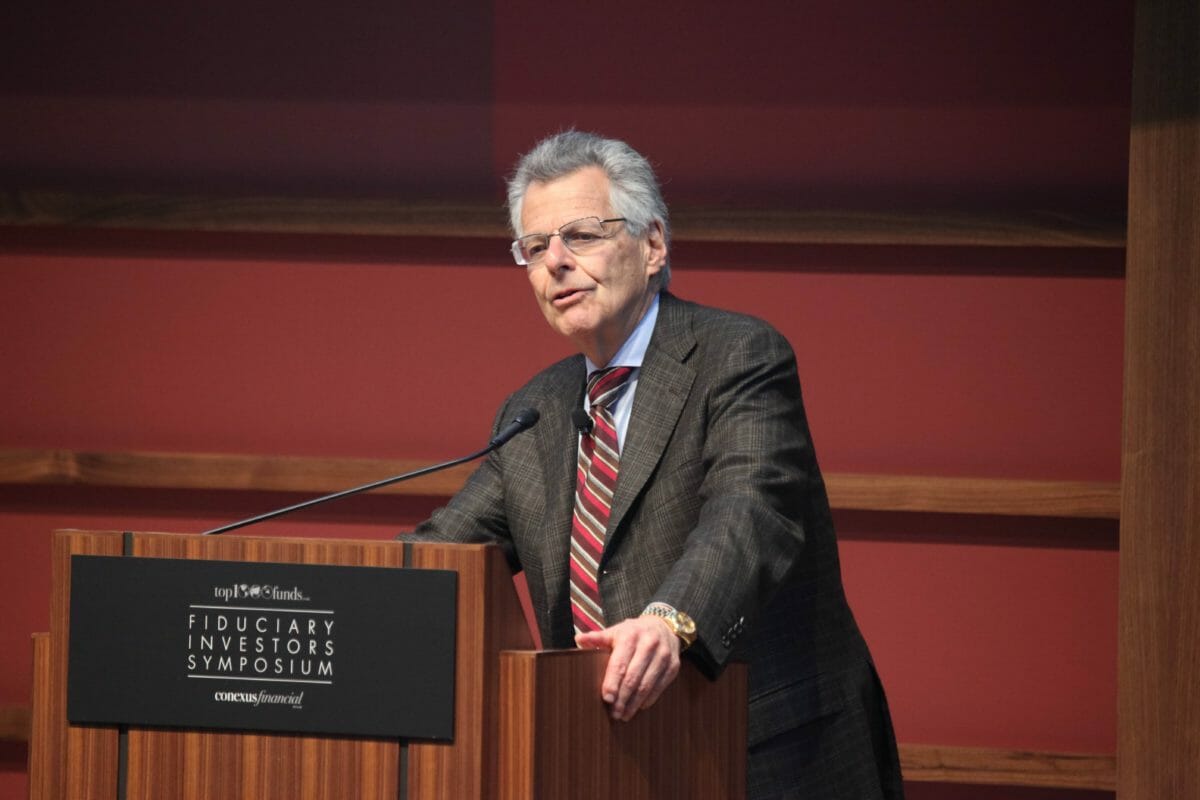Investors are improving fee alignment with their asset managers, renegotiating old fee structures and ensuring they pay only for skill, a panel of experts told the Fiduciary Investors Symposium at Stanford University.
Albourne Partners chief executive John Claisse has helped asset owners such as the $140 billion Teacher Retirement System of Texas develop a new structure for hedge fund fees with a 1-or-30 model. Under this system, investors agree to pay more for alpha than the traditional 20 per cent. And although investors prefer to only pay for excess returns, under this model they also pay a fixed management fee to enable the manager to “keep the lights on” during periods of underperformance. Crucially, the management fee is an advance on future performance fees – managers need to earn the management fee back before they receive performance fees.
“We were set a goal to put in shape a structure that was easy to explain and where Teachers retained 70 per cent of alpha,” Claisse recalled.
He also noted that investors shouldn’t pay high fees for systematic strategies.
“There are now many ways to access underlying drivers of hedge fund strategies through risk premia,” he told delegates. These strategies have created an investable alternative that is liquid and transparent and makes it easy for investors to assess whether they are genuinely getting alpha. “The pressure on hedge funds to justify returns has never been greater,” Claisse said. “Don’t pay for expensive beta, pay for skill.”
Scott Radke, principal at New Holland Capital, which advises €475 billion ($585 billion) Dutch pension fund APG on fees, told delegates it was important for asset owners to write fee principles. This gives investors a methodology to measure fees and allows real flexibility.
“Set out in advance a philosophy to guide your negotiations,” Radke advised. He said asset owners often find themselves between a rock and hard place, squeezed between their boards and a governance structure both fighting to keep fees low, and asset managers – gatekeepers to the strategies they want to access – pushing high fees.
“They should establish ground rules of acceptable fee structures,” he said.
These ground rules could include an acceptable level of management fees, or an agreement to pay performance fees at particular hurdles; for example, in illiquid strategies, this could mean paying fees only on realised returns.
Radke also suggested that asset owners do more to measure fees. APG compares fees across its asset classes, looking at what it is paying for fees for similar strategies and what it is paying as a percentage of alpha generated. It is a model that helps pension funds assess what percentage of gross alpha goes to the manager and what they get to keep. For example, investors can adjust fees accordingly if a mandate is illiquid or with a new and unproven manager.
“These kinds of things can be reflected, and the fees can be put fees in context,” Radke said.
He also urged investors to be flexible on fees and not to fix them at set rates. This way it is easier to negotiate with managers. Some managers may value a hurdle rate, others will value a management fee, he said.
Five years ago, C$286.5 billion ($233.3 billion) Canadian investor Caisse de dépôt et placement du Québec (CDPQ) overhauled its fee system in external public markets including hedge funds, senior vice-president Mario Therrien said. The pension fund wanted to reduce the opacity, complexity and cost of fees, he told delegates. In a parallel strategy, CDPQ also reduced fees by developing more nuanced strategies that were market neutral, trend following, or quant driven.
CDPQ’s analysis looked at how much it paid managers and the fund’s call for more transparency revealed the strategies its managers used to generate their performance.
“We are not against paying higher fees,” Therrien said, adding that the challenge was to better understand the processes. The fund’s analysis also found an often wide disparity between what hedge funds charged and the value they added.
“It provided a new lens to the investment committee,” he said.
In a change, the panel also observed how smaller investors are now better able to negotiate fees with managers.
“We have clients who have hedge fund portfolios where the individual investments are small, but they have gone back to their managers to negotiate fees”, Claisse said. “We are seeing many hedge fund portfolios where managers have changed the fee terms in a win-win.”
In today’s environment, fees are not necessarily lower, and investors may pay as much if not more if a manager does well; however, when returns are low, investors are not paying as much and there are “no awkward conversations”.




